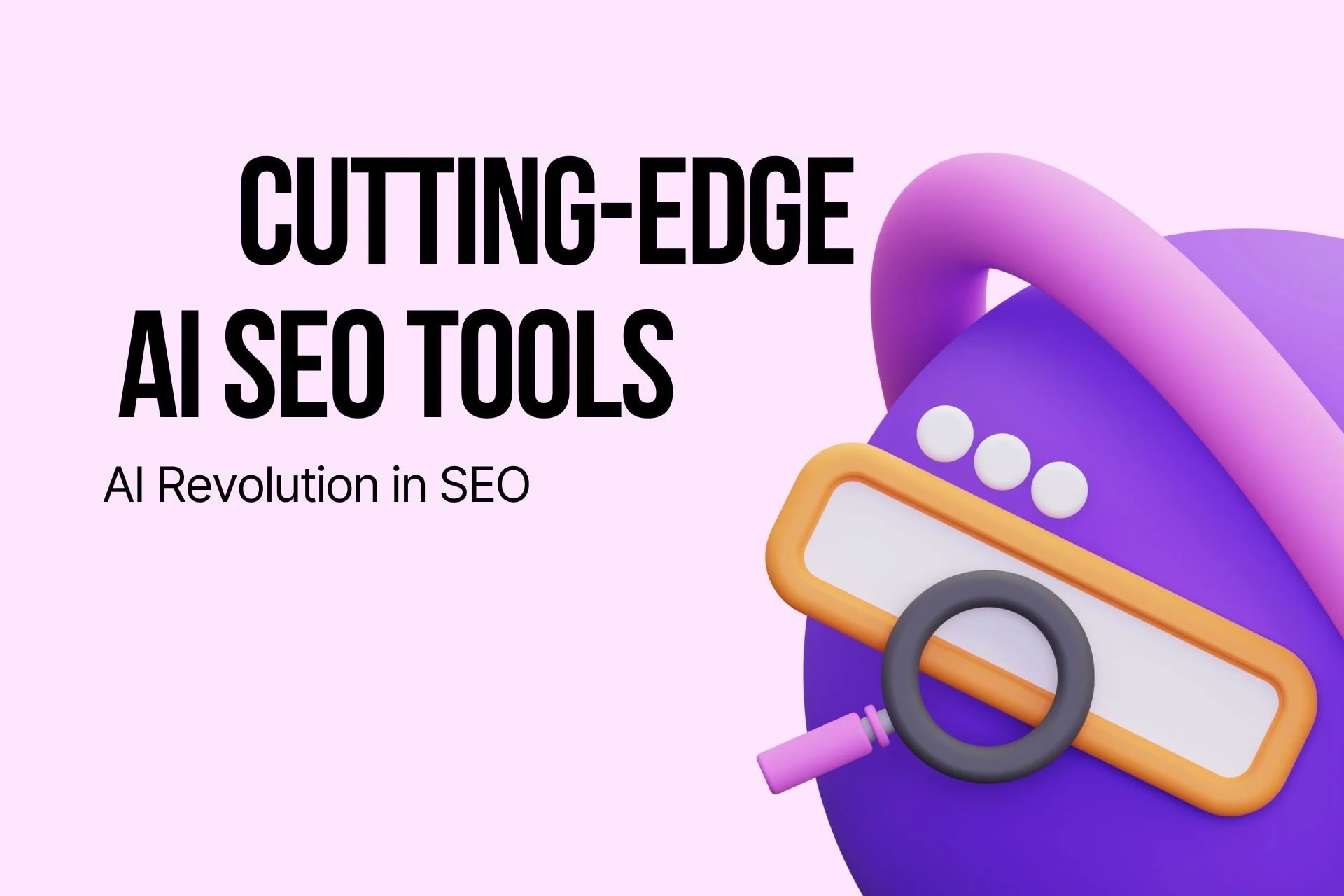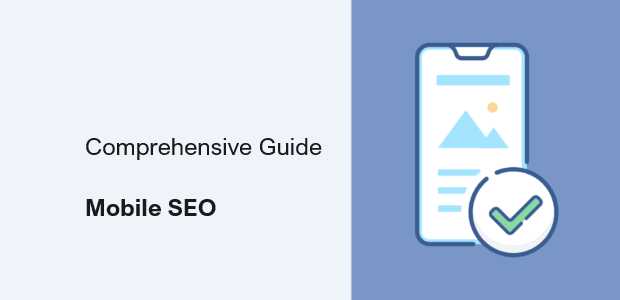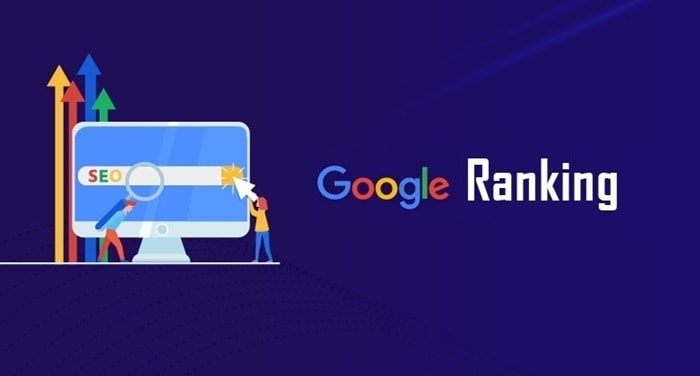Venturing into the global market is a strategic decision with immense possibilities. However, achieving success hinges on effectively communicating with your target audience. Studies show that over 70% of consumers are inclined to select a product if it’s presented in a language they comprehend.
This shows the importance of readying your website for localization and translation. Ensuring your code accommodates text expansion, supports multiple languages, and adapts to diverse text orientations is essential for crafting a user-friendly experience.
Discover the steps to transform your website into a suitable environment for international customers by leveraging AI translation tools and engines.

What is an AI translation tool?
An AI translation tool is a software application that uses artificial intelligence (AI) and machine learning algorithms to automatically translate text or speech from one language to another. These tools analyze and understand the meaning of the source text, generating an equivalent translation in the target language.
AI translation tools often use techniques such as machine learning, natural language processing, and neural networks to improve the accuracy and fluency of translations. They are used to streamline and automate the translation process, making it more efficient for various applications, including websites, documents, and communication across different languages.
The scope of AI translation tools has undergone significant advancements, particularly with the progression of neural machine translation (NMT). Powered by deep learning algorithms, NMT models operate using an encoder-decoder architecture that reads the source text and produces the corresponding target translation.
These models excel at capturing intricate language patterns, yielding translations that are more accurate and fluent compared to earlier rule-based or statistical machine translation approaches.
The Best AI Tools for Expanding SEO Globally
AI advancements have spurred significant evolution in machine translation over the years. However, it’s essential to note that there are no universally superior tools, engines, or providers.
Contrary to the widespread belief that a neural machine translation (NMT) system ensures the utmost quality in translations, this assertion is only partially accurate, given the inherent limitations of such systems.
Taking into account both quality and technological features, here are some of the best translation engines to assist you in your internationalization strategy.
DeepL
DeepL, a German-based machine translation (MT) tool, stands out in the industry with its cutting-edge technology. Using the latest advancements in deep learning, DeepL’s engineers trained their models with data from the online dictionary and translation database Linguee.
This results in state-of-the-art machine translation software that offers a web-based platform and tools seamlessly integrating into various ecosystems, along with APIs for enhanced customization.
Both the web interface and mobile app allow users to tailor translations by “forcing” specific terminology for selected language pairs. Even in the free version, users can toggle to integrate preferred terminology, addressing the challenge of maintaining consistency in machine translation.
The Pro version takes customization a step further, offering an expanded terminology function without limitations. Users can fine-tune translations and access additional settings, such as adjusting the formality of the target text, a feature particularly impactful in Latin languages like Italian.
In contrast to other MT providers, DeepL doesn’t provide the option to customize the translation model using proprietary pre-translated data for engine training. Pro subscribers benefit from a computer-assisted translation (CAT) tool integration, ensuring end-to-end encryption for translated data and prioritizing data security and privacy.
Google Cloud Translation
Google Translate stands out as the most renowned and widely used machine translation tool, providing instant translations across multiple languages for both individuals and businesses.
Tailored for businesses with translation needs, the Cloud Translation tool from Google offers a language library covering over 100 languages, showcasing remarkable versatility and value in diverse contexts.
While the basic functionality aligns with the free version, Google Cloud Translation distinguishes itself by providing APIs that facilitate seamless integration into existing internal workflows for businesses.
Users can opt for either Cloud Translation Basic or Advanced. The Advanced version offers enhanced features catered to businesses, including batch requests and glossaries, particularly beneficial for SEO localization projects.
Google Cloud Translation follows a monthly usage-based pricing model, with the initial 500,000 characters per month available for free. For those interested, there’s the option to test the translation tool in real-world scenarios and receive free credits to run, test, and deploy their initial workload.
Microsoft Translator for Business
Microsoft Translator stands as a versatile language translation tool, offering a suite of features for translating text and documents into various target languages.
It represents an extension of the consumer-focused Translator provided by Bing. The business-oriented tool surpasses basic translation functions by introducing the Custom Translator feature. This feature helps enterprises, app developers, and language service providers to create neural translation systems tailored to their specific business and industry terminology.
Through customization, these entities can achieve precise translations that align with their brand, industry jargon, and communication requirements, ensuring consistent multilingual content.
Key features of Microsoft Translator include:
- Translation of text and documents.
- Support for multiple languages in applications, websites, and tools.
- Translation capabilities via REST API calls.
- Utilization of advanced neural machine translation techniques.
- Seamless integration with customer support workflows.
- Speech translation for real-time communication needs.
Microsoft’s Translator Business is provided free for up to 2 million characters per month, encompassing any combination of standard translation and custom training. Beyond this limit, the tool operates on a pay-as-you-go model.
AWS Amazon Translate
Amazon Translate is a robust tool specifically crafted for organizations in need of language translation for multi-lingual websites, applications, user-generated content, or real-time communication.
This tool:
- Facilitates content localization for global users.
- Supports cross-lingual communication.
- Delivers precise and natural-sounding translations through deep learning algorithms.
The service introduces a free tier, allowing the translation of up to 2 million characters per month for the initial 12 months following the first translation request.
Accessible through the AWS Management Console, AWS CLI, or AWS SDK, Amazon Translate offers a comprehensive set of features, including:
- Neural machine translation.
- Customization options for machine learning-translated output.
- Real-time translation capabilities.
- Support for over 5,550 language combinations.
Developers can seamlessly integrate Amazon Translate into their applications with a single API call, whether through batch translation or real-time translation integration.
The service automatically detects the source language, streamlining the translation process by eliminating the need for manual language identification.
With its cloud-based infrastructure and deep learning API, Amazon Translate can efficiently handle substantial volumes of text, providing developers with a robust solution for their translation requirements.
How to integrate AI translation tools
Integrating translation AI engines into existing workflows is a straightforward process through the provided APIs. However, to improve translation efficiency and expedite scalable expansion, it is advantageous to leverage a translation memory system (TMS), specialized software designed for this purpose.
A TMS functions by establishing and managing a database referred to as translation memory. This repository stores segments of previously translated text, such as sentences, phrases, or paragraphs, along with their corresponding translations. Nowadays, a majority of translation management systems seamlessly integrate machine translation.
When integrated into a TMS, machine translation serves as a valuable tool for:
- Providing initial translations.
- Generating draft translations.
- Assisting human translators in their work.
When a translator engages with a new project, the TMS compares the source text with the translation memory. If a match is identified, the TMS suggests the corresponding translation, facilitating content reuse and ensuring consistency. Additionally, this process contributes to training the machine for future translations, thereby enhancing accuracy and SEO benefits.
To maximize the effectiveness of an AI translation engine, it is recommended to use a TMS. Here are comprehensive TMS options:
Smartling
Smartling stands out as an advanced translation management platform that seamlessly integrates various machine translation engines, helping businesses choose an engine aligning with their industry and style preferences.
The platform boasts a diverse array of features and tools, including:
- AI-driven content and workflow management.
- Visual context for precise translations.
- Quality checks to ensure accuracy.
- Flexible workflows tailored to specific needs.
- Real-time reporting for comprehensive insights.
Companies have the option to use Smartling’s platform or their in-house translation team. In either scenario, translators can access the brand’s style guide and glossary, promoting consistency and adherence to brand guidelines.
Smartling offers integration options such as integrations, proxy, or API, facilitating automated content ingestion. The inclusion of AI-generated dynamic workflows and an optimized translation process further improves operational efficiency.
Recently, Smartling introduced Smartling Translate, a GPT-enabled service enabling users to promptly select the most suitable machine translation engine for their content, ensuring the generation of on-brand translations.
Weglot
Weglot diverges from traditional translation memory systems as a unique solution for comprehensive website translation and localization, taking SEO considerations into account.
This all-in-one tool simplifies the process of translating and localizing entire websites into another language. With seamless integration, Weglot connects to Microsoft, DeepL, and Google, enabling automatic translation of a website within minutes.
While providing the speed of machine translations, Weglot also allows human translators to make edits, ensuring a customized and optimized website. Companies can improve consistency by adding glossaries and reviewing translated content directly from the dashboard.
Weglot stands out for its automatic implementation of hreflang tags, addressing content duplication and SEO concerns across languages. It also facilitates automatic synchronization with new content updates.
Furthermore, Weglot serves as an intermediary in implementing SEO for multilingual sites, creating language subdirectories or subdomains automatically. Supporting translation into over 100 languages, including custom variations like British English or Brazilian Portuguese, Weglot offers a versatile and powerful solution.
Phrase
Phrase, formerly known as Memsource, delivers a comprehensive solution by interfacing with over 30 generic and custom machine translation engines, presenting users with diverse machine translation alternatives.
With Phrase NextMT, users can:
- Adapt and leverage their translation memories, enhancing the quality of translations.
- Automatically fill in missing content upon identifying a partial match, thereby improving overall translation accuracy.
- Move beyond the basic “search and replace” functionality employed by many engines, taking into account morphological inflection to minimize the need for post-editing.
Users can access machine translation services from NextMT and other leading engines for a fixed monthly fee, ensuring unlimited usage. This approach provides an efficient and cost-effective solution for post-editing needs.
Lokalise
Lokalise helps companies in need of translation and localization, emphasizing a meticulous examination of how various elements appear when adapted to a different language.
Facilitating smooth collaboration and efficient localization workflows, Lokalise seamlessly integrates with design tools such as Figma and Adobe Illustrator.
Supporting major AI translation engines like Google Translate, DeepL, and Microsoft Translator, Lokalise allows users to selectively apply machine translation to specific parts of their projects.
In a recent development, Lokalise introduced Lokalise AI (currently in beta), positioning itself as a “personal AI-based assistant.” Notably, Lokalise AI also takes SEO into account, providing users with the option to choose “Optimize for SEO” when requesting a translation.
The limits of AI translation tools and TMS for SEO
While AI translation tools and TMS provide significant advantages in terms of efficiency and accuracy, it’s important to acknowledge their limitations, particularly concerning SEO.
AI translation tools face challenges in selecting appropriate keywords and grasping search intent, necessitating additional adjustments for optimal SEO value. Their struggle with contextual nuances can result in diminished SEO potential for pages.
TMS may encounter difficulties with language intricacies and cultural references, potentially leading to inaccuracies in translation. Human translators can mitigate this, but they must possess SEO expertise to uphold SEO value and integrate relevant keywords into machine-translated content.
Relying solely on TMS may introduce issues of content duplication and cannibalization when identical or similar translations are repeatedly used within a single or across multiple pieces of content.
While TMS excels in translation workflows, it requires direct attention to internal linking. Translated content can indirectly influence internal linking, necessitating manual verification and adjustment by SEO experts to maintain a proper linking structure.
In addition to these technical and practical considerations, the management of a TMS typically falls under the purview of the localization team. Therefore, implementing a project management plan is essential to navigate potential pitfalls.
Achieving global expansion using the best AI translation tools and TMS
The key to a successful global expansion lies in creating personalized and localized experiences. The AI translation tools and TMS mentioned earlier serve as valuable resources for generating accurate translations, enabling effective communication with a global audience.
Nevertheless, human expertise remains important for achieving resonance, optimizing for SEO, and ensuring cultural relevance. By striking a balance between AI and human elements, businesses can accelerate their global initiatives, adeptly navigate the international market, and ultimately foster global growth and success.
Would you like to read more about “Best AI Tools for Expanding SEO Globally” related articles? If so, we invite you to take a look at our other tech topics before you leave!
Use our Internet marketing service to help you rank on the first page of SERP.







